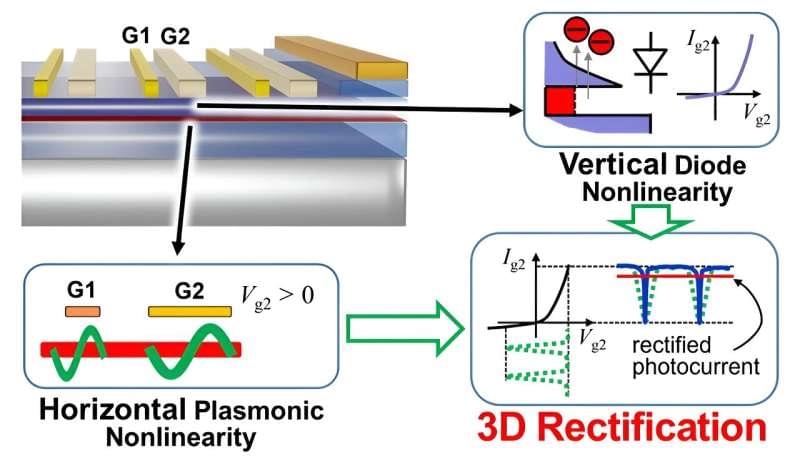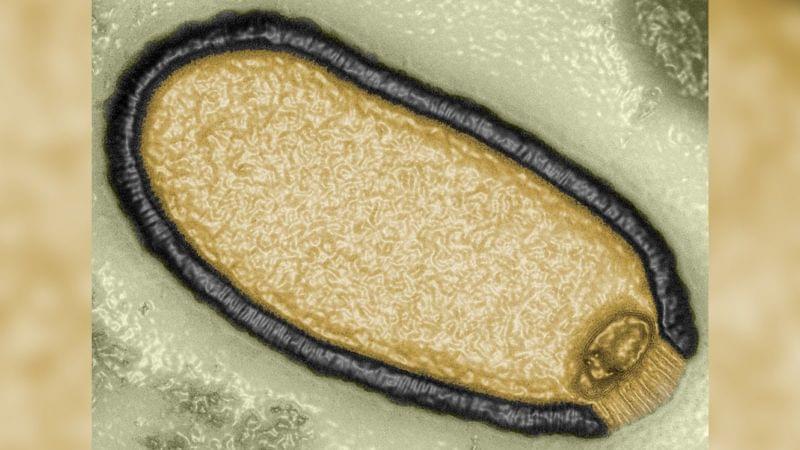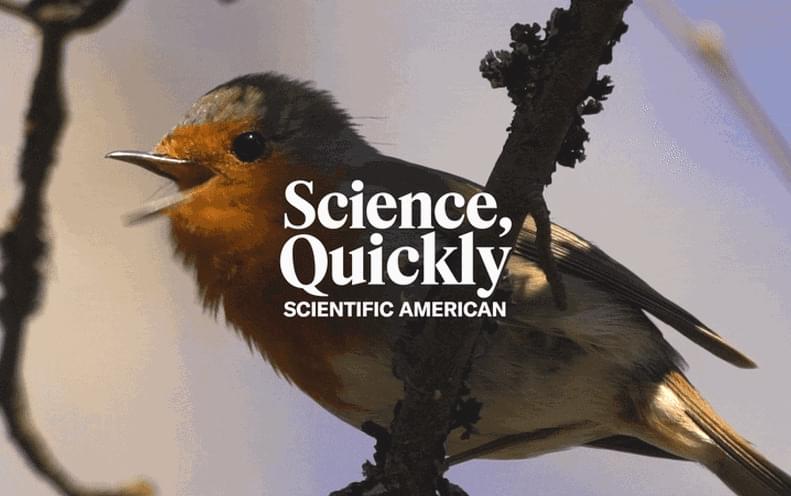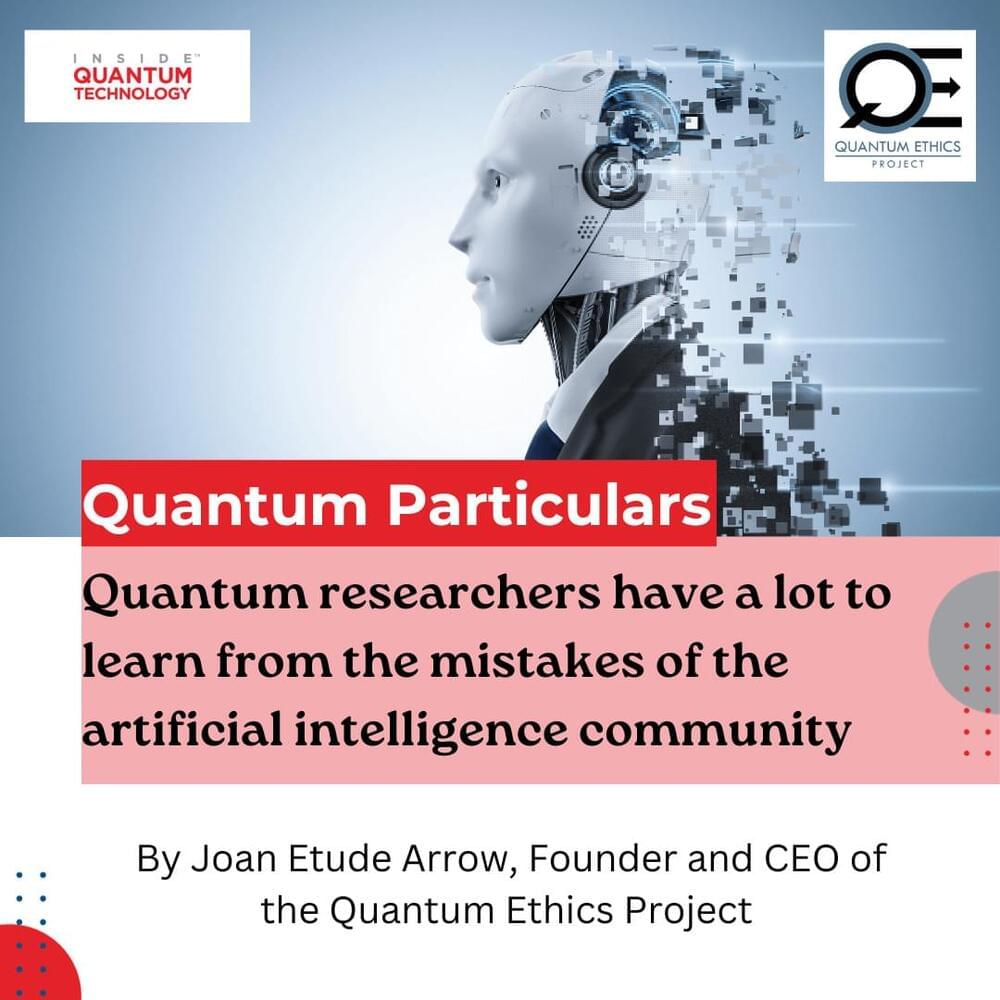A research group from Tohoku University and RIKEN has developed a high-speed, high-sensitivity terahertz-wave detector operating at room temperature, paving the way for advancements in the development of next generation 6G/7G technology.
Details of their breakthrough were published in the journal Nanophotonics on November 9, 2023.
The enhancement of current communications speeds will rely on terahertz (THz) waves. THz waves are electromagnetic waves within the THz range, which falls between the microwave and infrared portions of the electromagnetic spectrum, typically spanning frequencies from 300 gigahertz to 3 THz.






